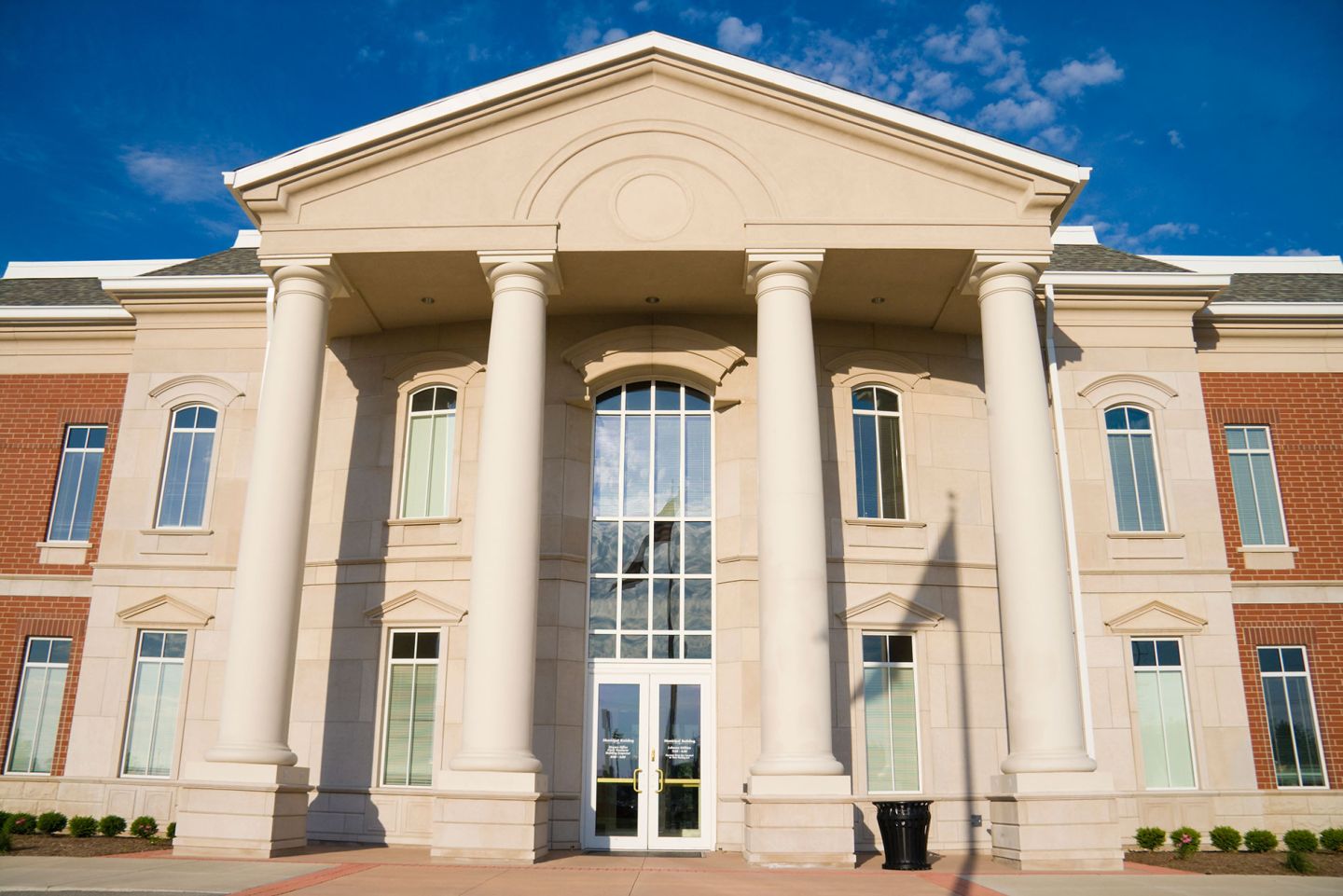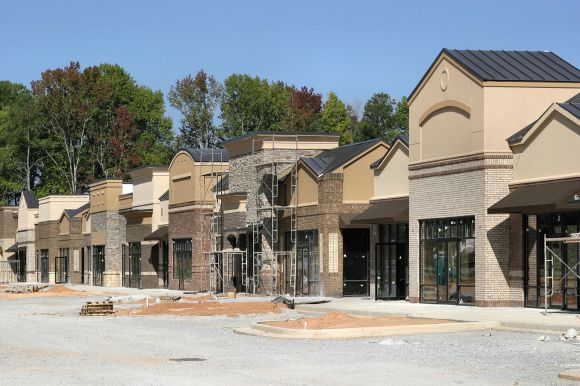 By Bill R. Shelton, CEcD
By Bill R. Shelton, CEcD
One of the most highly regarded objectives of most community’s development strategies is to “renew and improve the community’s identity.”
Gauging a community’s identity is complicated and goes beyond counting and tracking comments on social media. A traditional tool used is a survey to receive feedback about how the community is perceived. The most difficult and first problem of surveys is to define who will be surveyed. Will it be an external survey to include major corporate executives, real estate executives or developers, media or competitive communities? Other concerns are sample size and distribution as well as participant selection.
The less difficult group to survey is internal stakeholders such as citizens or local businesses. While the feedback from locals may be helpful, it is usually the feedback from secondary stakeholders who are currently not directly involved with the community but who can impact certain business transactions, such as investing or locating in the community, that is most helpful.
Focus groups are another possibility but their drawbacks are similar to those of surveys. For gauging what citizens think of their community, community pride and issues, well conducted focus groups can be extremely accurate and cost effective.
If surveys and focus groups are beyond your current capabilities, an acceptable alternative is to ask each business visitor to your community, “what is your perception of our community’s identity?” Then, request their permission to use their statement.
The late Louie Welch, the mayor and chamber of commerce manager of Houston, Texas, made it a habit to ask each business executive visiting Houston of their impressions. He stated, “I am constantly surprised that the perceptions of Houston by the most experienced business executives is of Houston as it existed ten years ago and not anything of its current realities.”
Improving the Community’s Identity
To improve your community’s identity and its reputation to the investment, developer and real estate communities, here are three guidelines to consider:
Look the Part.
The starting project for most identity improvement programs is to upgrade the “first impressions” received when visiting the community. Entrances to the community along established commercial roads become eyesores with outdated zoning requirements and older structures needing removal or rehabs.
These “beautification” programs require the involvement of property owners and take years to show results. One community, frustrated with lack of involvement of property owners, began publishing pictures of delinquent properties with the names of owners in the weekly community newspaper.
Do What You Say You Will Do.
The community’s reputation of trustworthiness is one of the most fragile and, if violated, can be most damaging to potential businesses and investors. Exerted efforts should be made to gain and keep the reputation of being a community that is reliable, dependable and predictable.
Go Beyond What is Expected.
Competitive communities understand this and practice giving 110 percent. It an asset that costs little but pays big dividends by distinguishing the community from the crowd.
The Bottom Line
Increasingly, communities are realizing that their core identity is the outward expression of who they are and what makes them special. A community’s identity is very relevant to the competitive business world.


